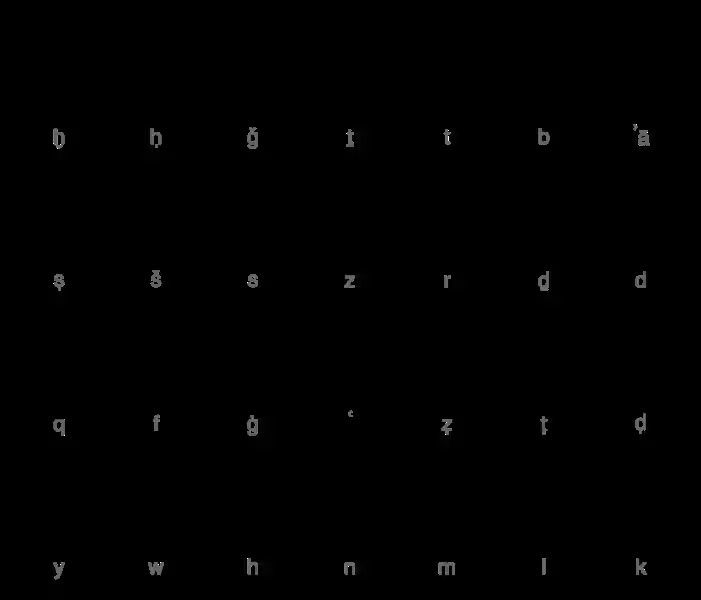
The simple phrase “كيف حالك؟” (“Kayf halak?”) might seem like a basic way to inquire about someone’s well-being, but it embodies a rich cultural tapestry. It’s more than just a question; it’s an invitation to connect, a gesture of politeness, and a reflection of the deep-rooted values of Arabic society.
In this article, we’ll delve into the nuances of “كيف حالك؟” exploring its diverse forms, cultural significance, and how it shapes interactions in Arabic-speaking communities.
Beyond the Literal: Understanding the Cultural Context of “كيف حالك؟”
In English, “How are you?” is often a perfunctory greeting, a social obligation rather than a genuine inquiry. In Arabic, “كيف حالك؟” holds a deeper meaning. It’s a genuine expression of concern and interest in the other person’s well-being. It’s an invitation to engage in conversation, to build rapport, and to foster a sense of community.
Think of it as a starting point for a conversation, a way to show that you care about the person you’re addressing. It’s not just about getting a quick update on their health but about acknowledging their existence and demonstrating your respect for them.
Variations of “كيف حالك؟” – A Spectrum of Expressions
The beauty of Arabic lies in its flexibility, and “كيف حالك؟” is no exception. This phrase comes in various forms, each carrying subtle nuances depending on the context and the relationship between the speakers.
Formal vs. Informal: Navigating the Social Landscape
When addressing someone older, someone in a position of authority, or someone you don’t know well, you’d use a more formal version like “كيف حالك؟” or “كيف حالكم؟” (for plural). This shows respect and acknowledges the social hierarchy.
However, with friends, family, or people you’re close to, a more informal “كيف حالك؟” or “إيش اخبارك؟” (what’s your news?) is perfectly acceptable. It reflects the closeness and comfort you share with them.
Beyond Gender: Tailoring Your Greetings
Another aspect of Arabic greetings is gender sensitivity. For a male, you’d ask “كيف حالك؟” while for a female, you’d say “كيف حالِكِ؟” The slight difference in the ending reflects the gender of the person you’re addressing, demonstrating respect and attentiveness.
Beyond the Basics: Expanding Your Arabic Vocabulary
While “كيف حالك؟” is a cornerstone for greetings, Arabic offers a range of expressions to convey your concern and interest. Here are a few examples:
- “كيف حالك؟” (Kayf halak?) – How are you?
- “إيش اخبارك؟” (Eish akhbarak?) – What’s your news?
- “شو اخبارك؟” (Shu akhbarak?) – How are you doing?
- “بخير؟” (Bikhair?) – Are you okay?
- “شو صاير؟” (Shu sayer?) – What’s going on?
Experimenting with these variations allows you to express yourself more effectively and showcases your fluency in Arabic.
More Than Just Words: Engaging in Authentic Conversation
Knowing how to say “كيف حالك؟” is just the first step towards meaningful interaction. The true essence of Arabic communication lies in the way you respond and engage in conversation. It’s about showing genuine interest, listening attentively, and building a connection with the other person.
When someone asks you “كيف حالك؟” don’t just reply with “بخير” (I’m fine). Take the opportunity to share a little about your day, ask them about theirs, and build a rapport. This approach reflects the spirit of Arabic hospitality and the value placed on social connection.
Conclusion: Mastering “كيف حالك?” – A Gateway to Cultural Understanding
“كيف حالك?” is more than just a greeting; it’s a window into the heart of Arabic culture. It embodies the values of respect, hospitality, and genuine connection. By understanding its nuances, exploring its variations, and engaging in authentic conversation, you can truly appreciate the beauty and richness of Arabic communication.
So next time you encounter someone who speaks Arabic, don’t just say “Hello.” Embrace the warmth and sincerity of “كيف حالك?” and embark on a journey of cultural exchange and understanding.
Frequently Asked Questions About “How Are You Doing” in Arabic
How do you say “How are you doing” in Arabic?
The most common way to say “How are you doing” in Arabic is “كيف حالك؟” (kayf halak?).
What is the difference between “كيف حالك؟” (kayf halak?) and “كيف حالك؟” (kayf halik?)
“كيف حالك؟” (kayf halak?) is used when addressing a male, while “كيف حالك؟” (kayf halik?) is used for a female.
How do you respond to “كيف حالك؟” (kayf halak?)?
A common response is “بخير، شكراً” (bikhayr, shukran) which means “I am fine, thank you”. You can also say “الحمد لله” (alhamdulillah) which means “Praise be to God”.
What are some other ways to ask “How are you doing” in Arabic?
You can also say:
- “كيف حالك يا صديقي؟” (kayf halak ya sadiqi?) – “How are you, my friend?”
- “كيف حالك يا عزيزي؟” (kayf halak ya azizi?) – “How are you, my dear?”
- “كيف حالك يا غالي؟” (kayf halak ya ghaali?) – “How are you, my dear?”








